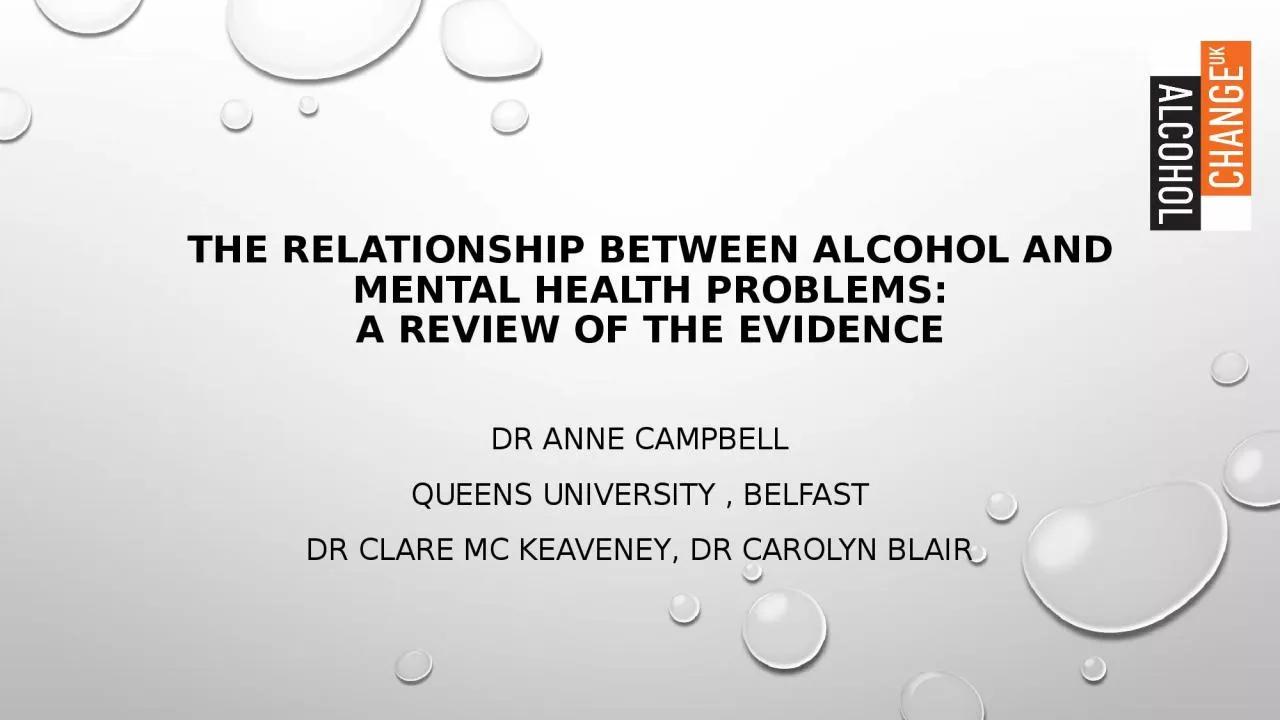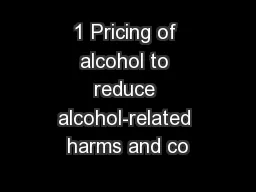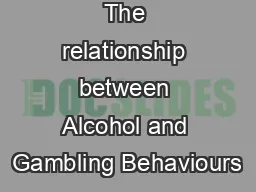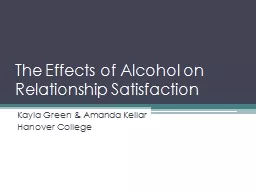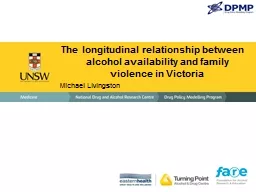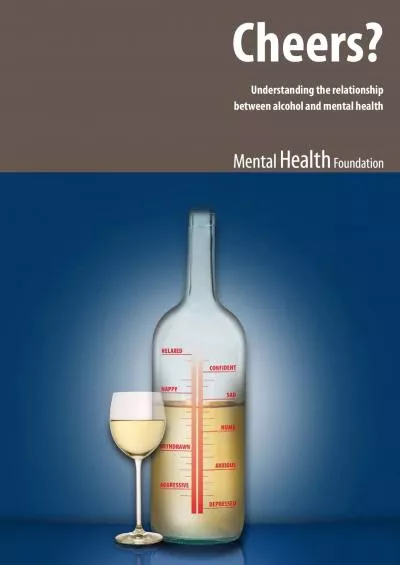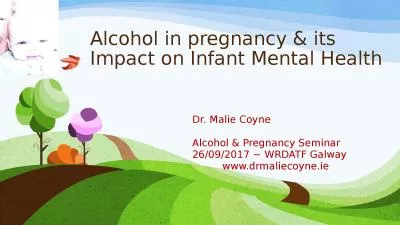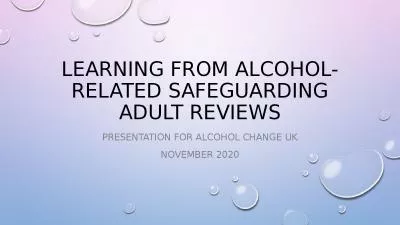PPT-The relationship between alcohol and mental health
Author : bety | Published Date : 2024-02-03
problems a Review of the Evidence Dr Anne Campbell Queens university Belfast Dr Clare Mc Keaveney Dr Carolyn Blair context One common understanding of dual diagnosis
Presentation Embed Code
Download Presentation
Download Presentation The PPT/PDF document "The relationship between alcohol and men..." is the property of its rightful owner. Permission is granted to download and print the materials on this website for personal, non-commercial use only, and to display it on your personal computer provided you do not modify the materials and that you retain all copyright notices contained in the materials. By downloading content from our website, you accept the terms of this agreement.
The relationship between alcohol and mental health: Transcript
Download Rules Of Document
"The relationship between alcohol and mental health"The content belongs to its owner. You may download and print it for personal use, without modification, and keep all copyright notices. By downloading, you agree to these terms.
Related Documents

